

Fresh leaves were collected from Purola Fraxinus taxa for leaflet & leaflet petiolule interface examination: F. albicans & F. pennsylvanica, two trees each; and additionally, for comparison, F. velutina naturalized on the Barton Creek Greenbelt in Austin, Travis Co. The abaxial leaf vestiture with these taxa is reported to be highly variable, so differences shown here should not be taken as reliable differentiae.
Leaflets were scanned at 2400 dpi with a transparency scanner to get some insight into the leaflet architecture (although venation & areolation are clearly apparent on the leaflet undersurface), all at the same settings for brightness and contrast. The following table presents 3 views for a 2 mm2 portion of each scannned leaflet:
| F. albicans 1 | F. albicans 2 | F. velutina | F. pennsylvanica 1 | F. pennsylvanica 2 | |
|---|---|---|---|---|---|
| A. | 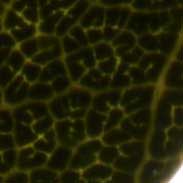
|
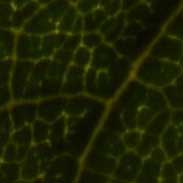
|
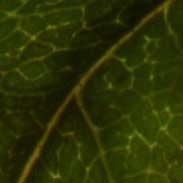
|
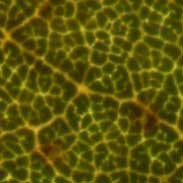
|
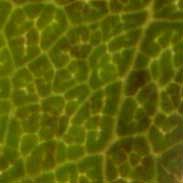
|
| B. | 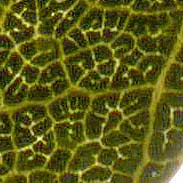
|
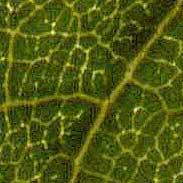
|
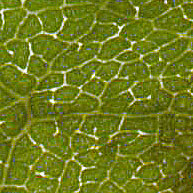
|
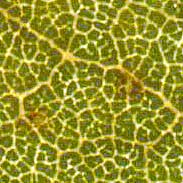
|
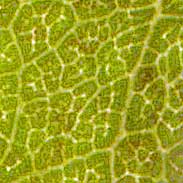
|
| C. | 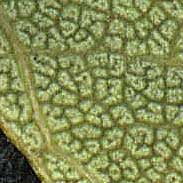
|
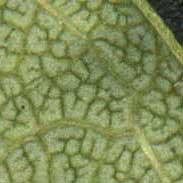
|
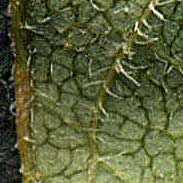
|
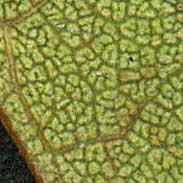
|
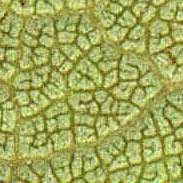
|
The three taxa prior to editing show different degrees of light transmittance, the least with F. albicans and the greatest with F. pennsylvanica, and F. velutina intermediate. Leaf thickness was not a significant factor: F. pennsylvanica had the thickest blade (0.11 — 0.13 mm); F. velutina the thinnest (0.06 — 0.08 mm). This difference may stem from differences in undersurface vestiture — essentially lacking with F. pennsylanica but glaucous with F. albicans, which may absorb (or reflect) more light. Blade cross–sections are shown below (taken at 45X).
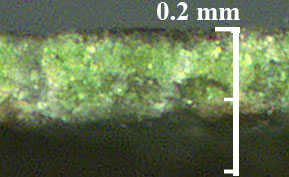 | 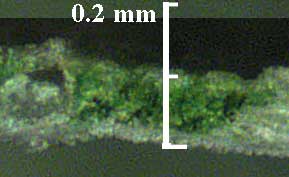 | 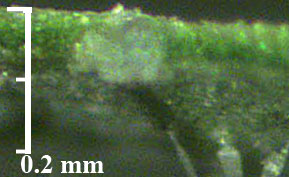 |
|---|---|---|
| F. pennsylvanica | F. albicans | F. velutina |
The areolation is also different. F. velutina shows good development, 4-6 sides common and few freely ending unbranched veinlets. The other taxa have smaller (especially F. pennsylvanica), less regular areoles, but seem to have unbranched terminals.
Botanical literature seems to have little to say about leaf edges beyond their gross form (entire, serrate, etc.). Although the leaflet edge for the three Fraxinus taxa examined is essentially the same, and thus has no clear role as a distinctive characteristic, it is relevant with respect to attempts to use the blade—petiolule relationship as distinctive. Close examination of leaflets indicates a well–developed margin, often most clearly visible on the abaxial side. But toward the base of the leaflet, the leaflet base becomes involute around the central vein, narrowing to the leaf rachis. The leaflet margin is visible on the adaxial side all the way to the attachment at the rachis. The narrowed laminar tissue and margin are generally not visible when viewed from the abaxial side, and the central vein has apparently been interpreted as a petiolule. All images below are for F. albicans.
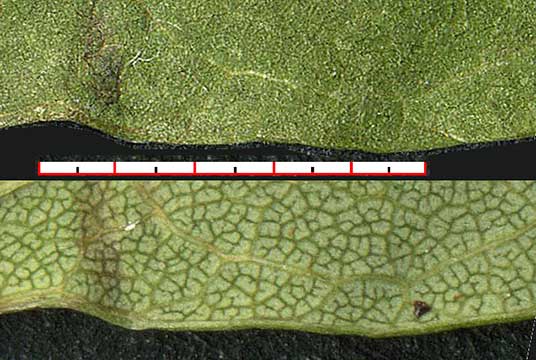
Adaxial (top) and abaxial (bottom) edge views of the same midlamina section.
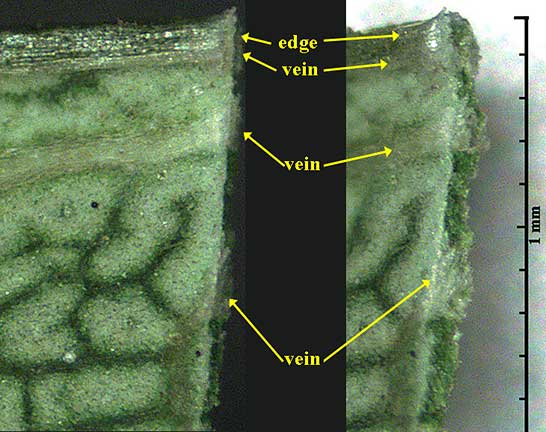
Two views of abaxial lamina/margin at a cross section cut (at 45X).
The edge appears to differ in epidermal character from adjacent tissue.
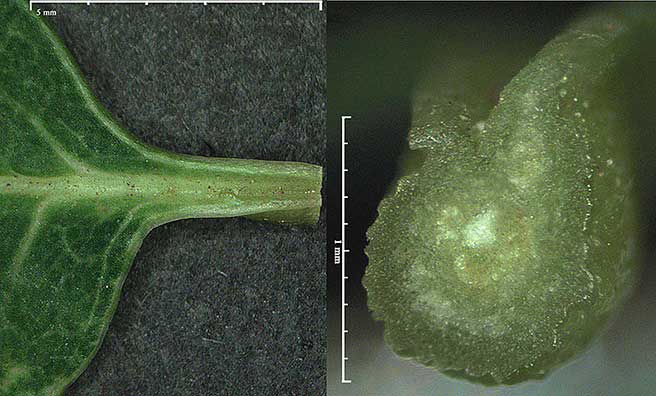
Adaxial view of leaflet base cut just above the point of attachment; cross section at that point showing the narrow lamina and edge on each side (45X). |
|
|---|---|
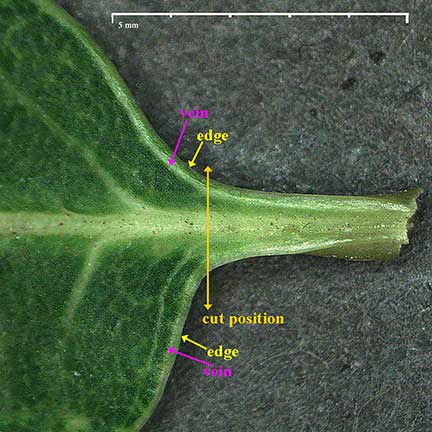
Adaxial view of cut ca. 3.5 mm above the point of attachment (10X). |
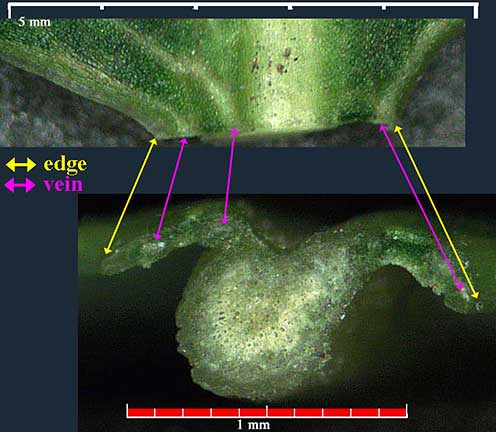 Lamina (45X) and cross section (30X) at cut ca. 3.5 mm above attachment. Lamina (45X) and cross section (30X) at cut ca. 3.5 mm above attachment.
|